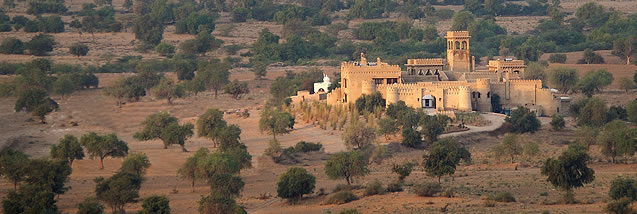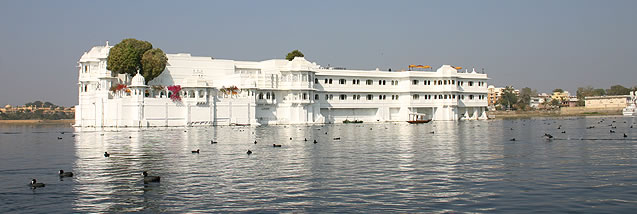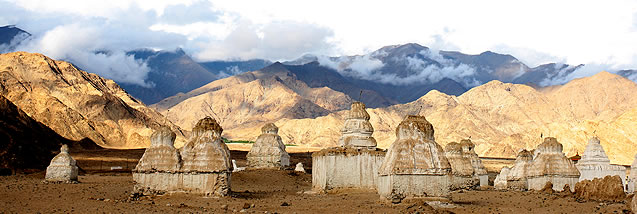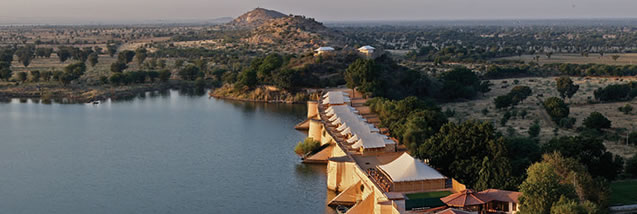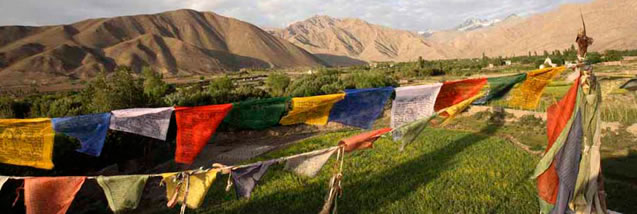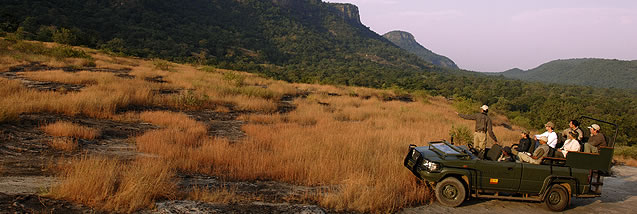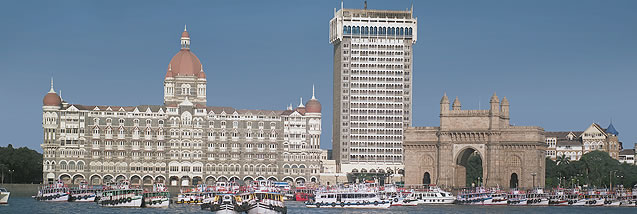Rajasthan / Kerala / The Himalayas / Calcutta, Darjeeling, Assam
Central India, Madhya Pradesh and wildlife reserves / Tamil Nadu
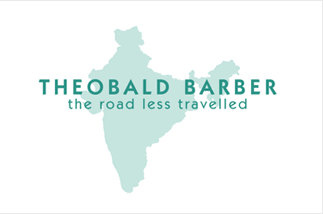
In general, a two-week holiday will cost upwards of £5,000 per person excluding flights.
Our other destinations include Sri Lanka, Bhutan and the Maldives.
Rajasthan
- Dramatic Maharaja palaces, Rajput history, forts in majestic and glamorous cities such as Jaipur, Jodphur. Udaipur and Jaisalmer. Wow factor.
- Intersperse these with smaller rural heritage properties for a gentler look at real Indian village life.
- Top guides to show you around, give you the low down and look after you in each place. Careful drivers to take you between destinations in well-equipped motor vehicles.
- Mix of desert scenery, valleys and woodlands. Possible to visit in low season as less rainfall than in the monsoon.
- Links well with Agra for Taj Mahal and Ranthambore for wildlife and tigers but safari aspect is “busy” compared to Africa.
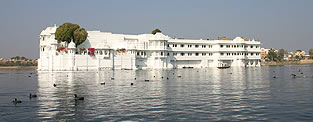
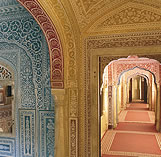
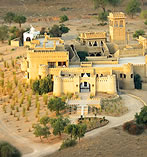
Kerala
- Swaying palms, green and lush jungles, backwaters, tea plantations, spices, rubber and banana plantations.
- In contrast to the more courtly historical and desert feel of the north, this is God’s own country according to the local tourist board but still has a secular feel.
- Cochin is the main hub: hotch-potch colonial past from the Portuguese, Dutch and British.
- Watch water-life from a traditional rice boat, relax in small properties by the lake, eat especially good food. Climb up into the western ghats for tea, cooler air, walking.
- This is the home of Ayurvedic spa treatments. A few really good beach places.
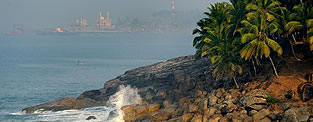
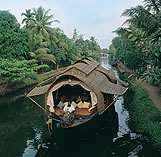

The Himalayas
- Jaw-dropping scenery in the mountains, walking, trekking, colonial bungalows, hill stations such as Shimla: the summer capital of the Raj.
- Visit Ladakh and the higher reaches in our summer staying in comfy village houses and see “little Tibet” with Buddhist monasteries, remote villages, water rafting. High end experience but remote.
- Lower Himalayas such as Kumaon region can be combined with Corbett National Park and Sikkim near Bhutan with tea estates. Long journeys or pricey charters to get to these remote locations but worth it to escape into the road less travelled or the road not travelled at all in some cases.
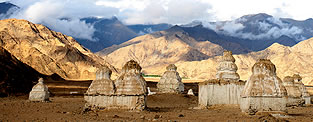
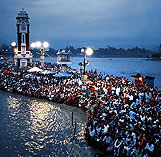
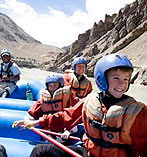
Calcutta, Darjeeling, Assam
- All these make for a lovely combination of colonial history, tea estates and walking in the mountains. Bengali culture.
- Kaziranga National Park for Great one-horned rhinos and Manas National Park bordering Bhutan.
- Take a tour of Calcutta (Kolkata) at dawn and watch this fascinating city wake up. Slums yes, but also fascinating history as the former capital under the Raj. Classical architecture.
Explore further:
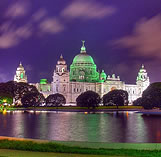
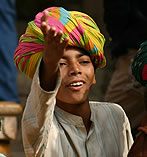
Central India, Madhya Pradesh and wildlife reserves
- Probably the best wildlife reserves in un-spoilt Indian hinterland with rich earth and less people.
- Eco-tourism is promoted here with the state’s rich and varied forests. Famous wildlife parks such as Kanha, Panna, Pench and Bandhavgarh. Elephant back safaris.
- It is not just about tigers in these reserves! There are leopards, sloth beers, antelopes, wild dogs, langur monkeys, colourful birds and more.
- Visit the stunning temples at Khajuraho, famous for their erotic sculpture.
- The mere contemplation of the Narmada river in the west of the state is meant to absolve all your sins. Ahilya Fort overlooks the Narmada and is one of my all- time favourite places.
- While staying on the edge of the Central Indian parks, a visit to small tribal villages allows a more off the beaten path rural Indian experience.
Explore further:
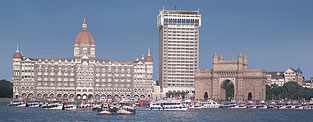
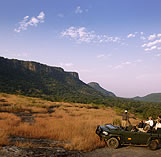
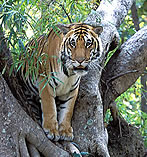
Tamil Nadu
- Temple country: some of India’s most colossal religious architecture, Chola history and thriving temple towns.
- Colonial cities such as Chennai and Pondicherry, bronze casters and coppersmiths. Merchants havelis and rich farmland.
- Take in the fascinating ‘Going to Bed’ ceremony at the iconic Meenakshi Temple in Madurai, when the Temple’s deities are put to bed for the day. Return for a more peaceful early sunrise visit.
- Take part in a cooking lesson in Chettinad, known for its fabulous and unique range of both vegetarian and non-vegetarian cooking.
- Stay at a coffee and spice plantation for some peace amongst a busy journey through this lesser known corner of Southern India
- Access via Madras (Chennai) and can link with Kerala.
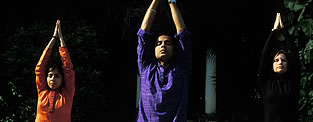
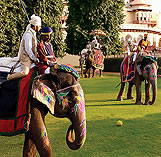
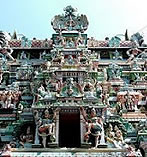
Indian weather
- Broadly speaking the best time to visit most of India is between October and April. The monsoon lasts from May to September approximately.
- The northern reaches of the Himalayas though around Ladakh are best visited from late May to early October as they are high up and the sun shines then in contrast to much of the rest of the country.
- Rajasthan may be visited in August/September as although very hot it is mainly desert so rainfall is lower. Best time is as above: October to March.

